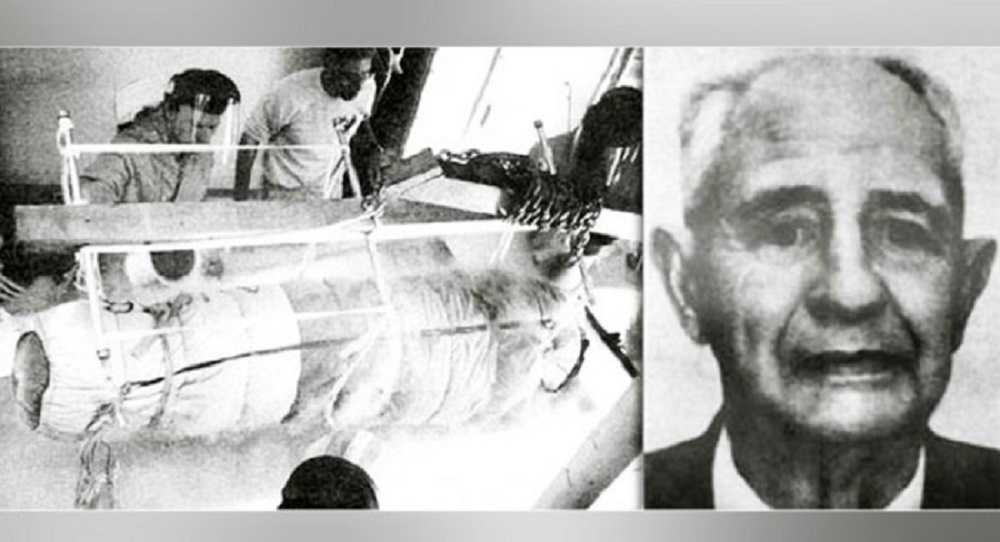
On January 12, 1967, 50 years ago today, 73-year-old Dr James Bedford died. He had been suffering from kidney cancer that had metastasized to his lungs. What marked Bedford’s death as unique in all of history was not how he died, but what happened after.
Rather than interment or cremation, Bedford became the first human to be placed in cryopreservation, and the anniversary of this event is called Bedford Day in his honour.
For certain tissues, it’s possible to induce a state of suspended animation through the application of chemicals and cooling to subzero temperatures.
This is called cryopreservation. Blood cells and sperm cells, for instance, may be cryopreserved this way, to be revived at need. In fact, some organisms, such as frogs and viruses, can even survive freezing, reviving when thawed.
Bedford swapped his coffin for a dewar at an offer from the Life Extension Society, the world’s first cryonics organisation, which advertised, “LES offers to freeze free of charge the first person desirous and in need of cryogenic suspension.”
On his death, his circulation was maintained through artificial respiration and heart massage while being cooled on ice until it could be taken into the care of three men: cryobiological researcher Robert Prehoda; physician and biophysicist Dante Brunol; and Robert Nelson, president of the Cryonics Society of California, who later wrote a book about the event.

They injected his body with dimethyl sulfoxide, a chemical that was thought to help preserve the organs and tissues. Then they froze the body with dry ice before transferring it to a liquid nitrogen environment.
Today, the methodology would be thought crude. Vitrification, which provides the benefits of cryopreservation without the damage caused by ice crystals, was not introduced until the 1980s. In addition, DMSO is no longer used on its own, and almost certainly damaged Bedford’s brain beyond repair.
Nevertheless, Bedford remains in cryostorage to this day, although he has been moved around a bit. He was transferred to a new dewar after 22 years, and his current home is at Alcor Life Extension Foundation.
The jury is still out on whether an entire human can be revived after cryopreservation. Certainly no one has been. But suspended animation would be a tremendously useful technology.
For example, researchers at the UPMC Presbyterian Hospital in Pittsburgh, Pennsylvania, intend to trial a short-term form of suspended animation to help save the lives of emergency patients.
And if long-term cryopreservation was achieved, that would have massive implications for the future of space exploration as well as medicine.
Bedford may not be able to be revived, but he remains as a monument to those vast goals, neither technically living, nor technically dead.